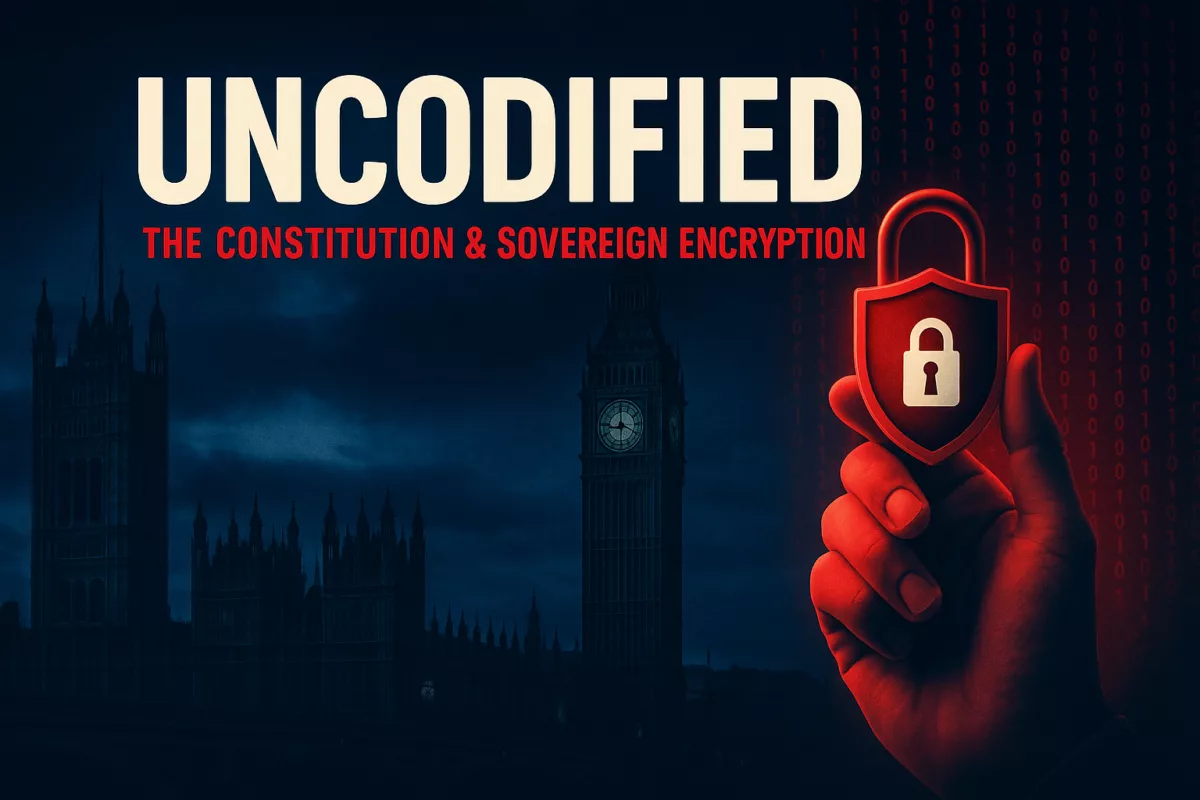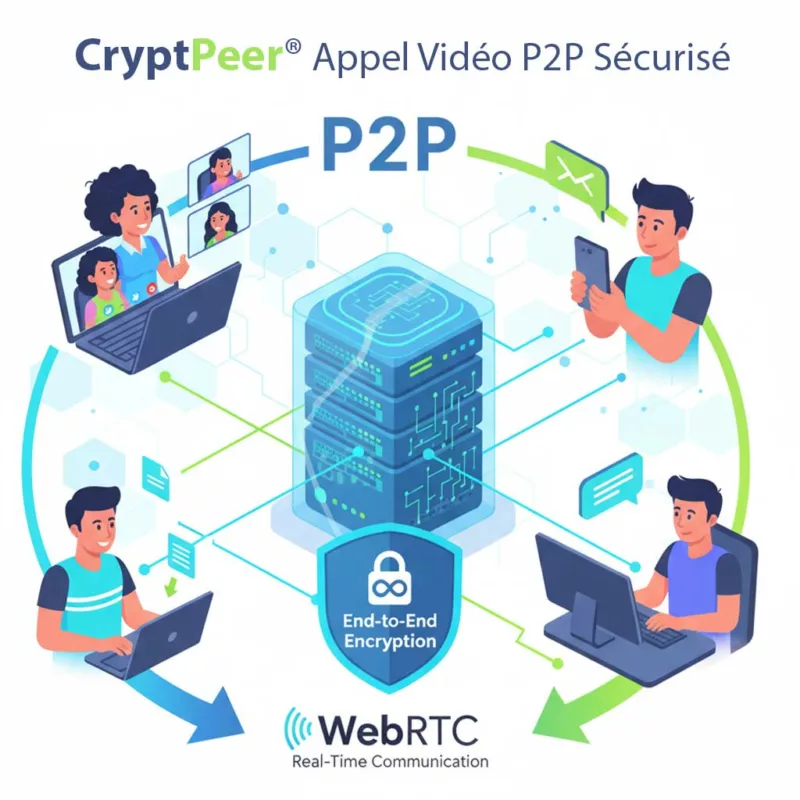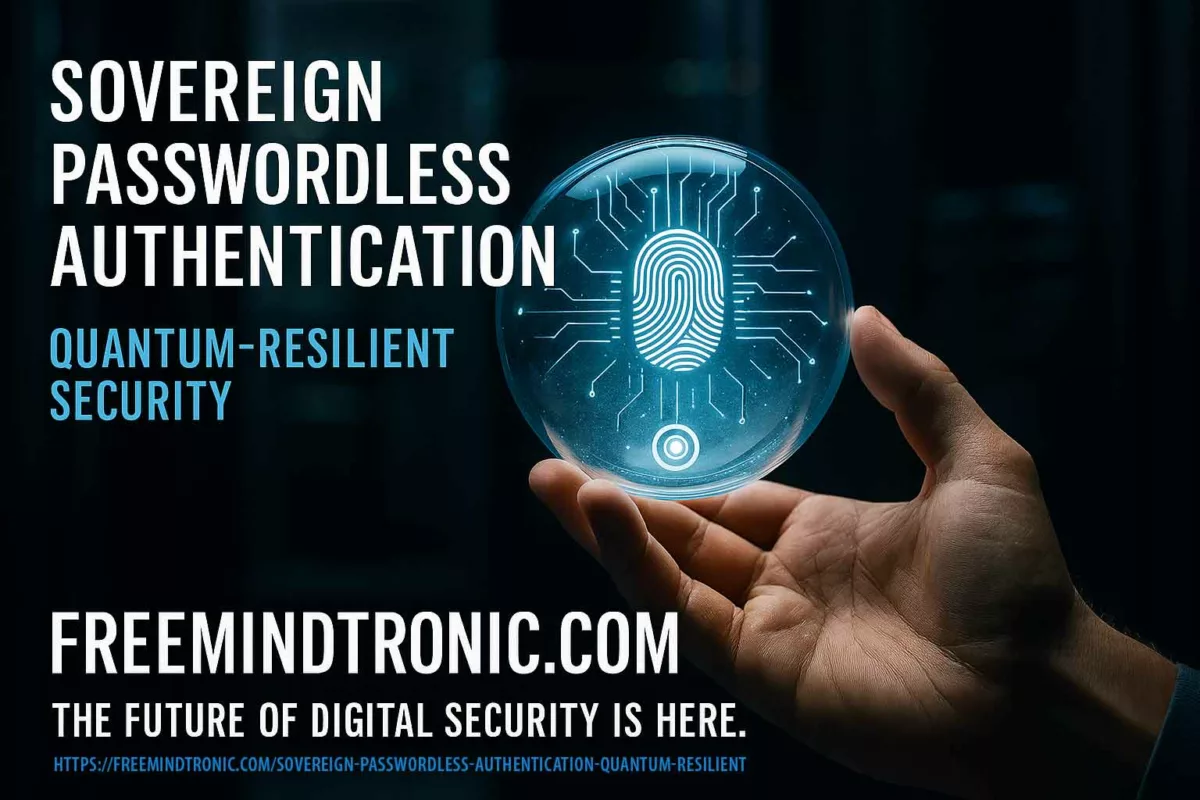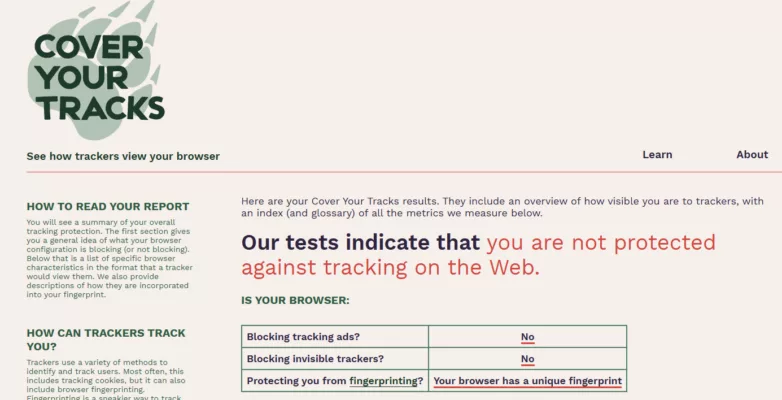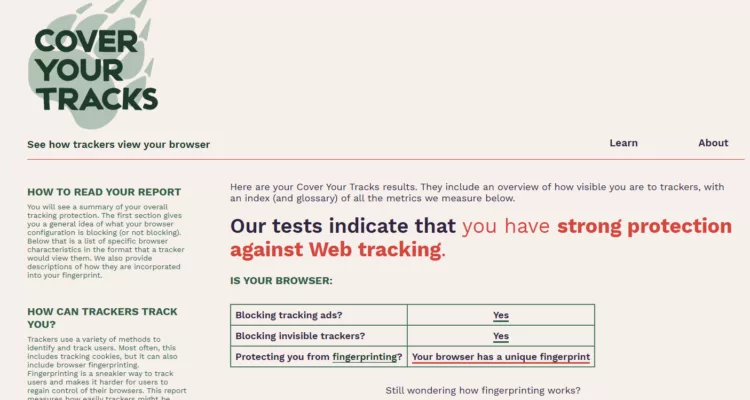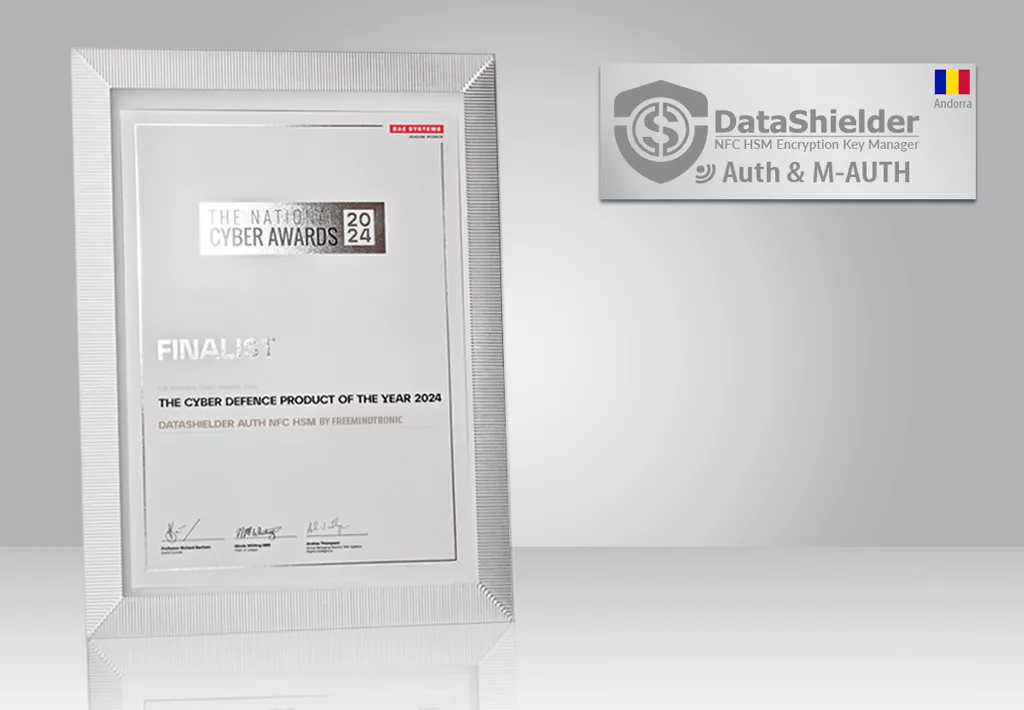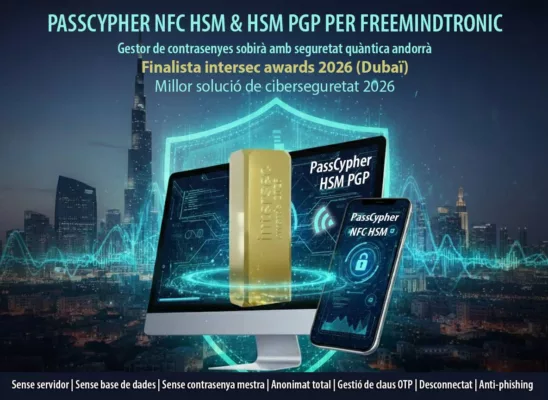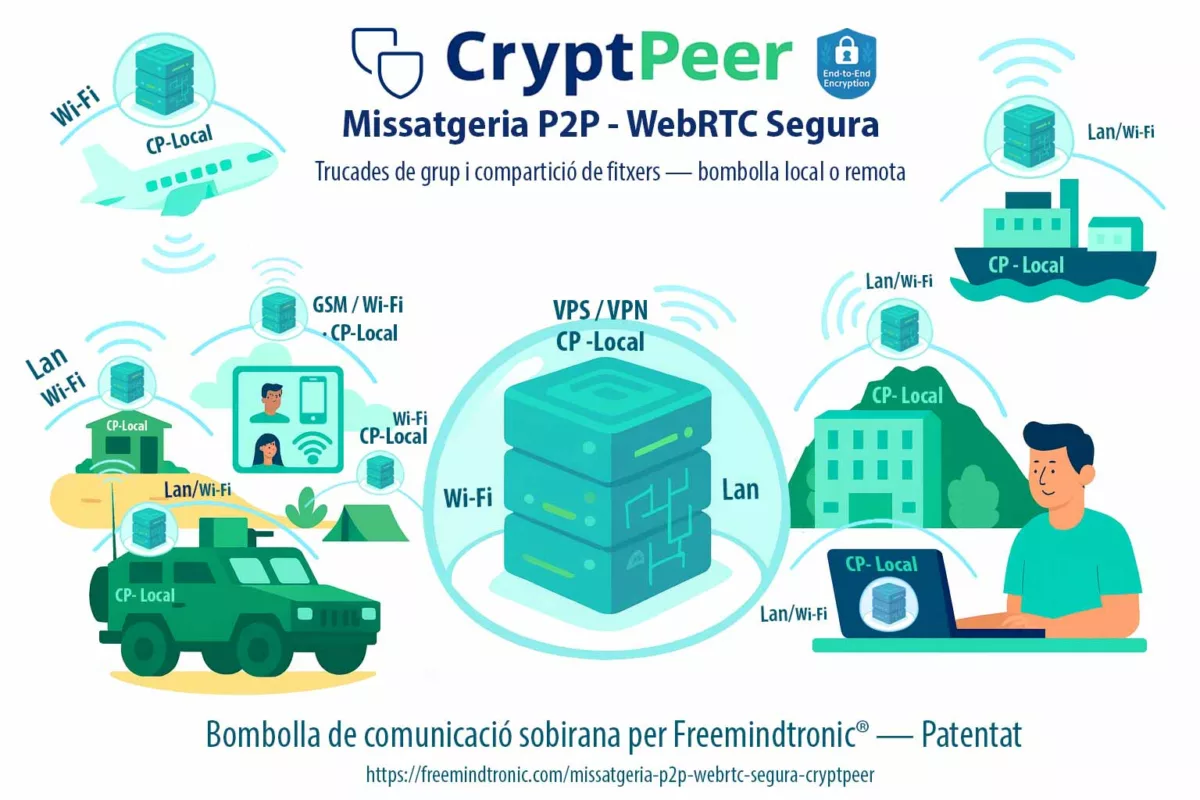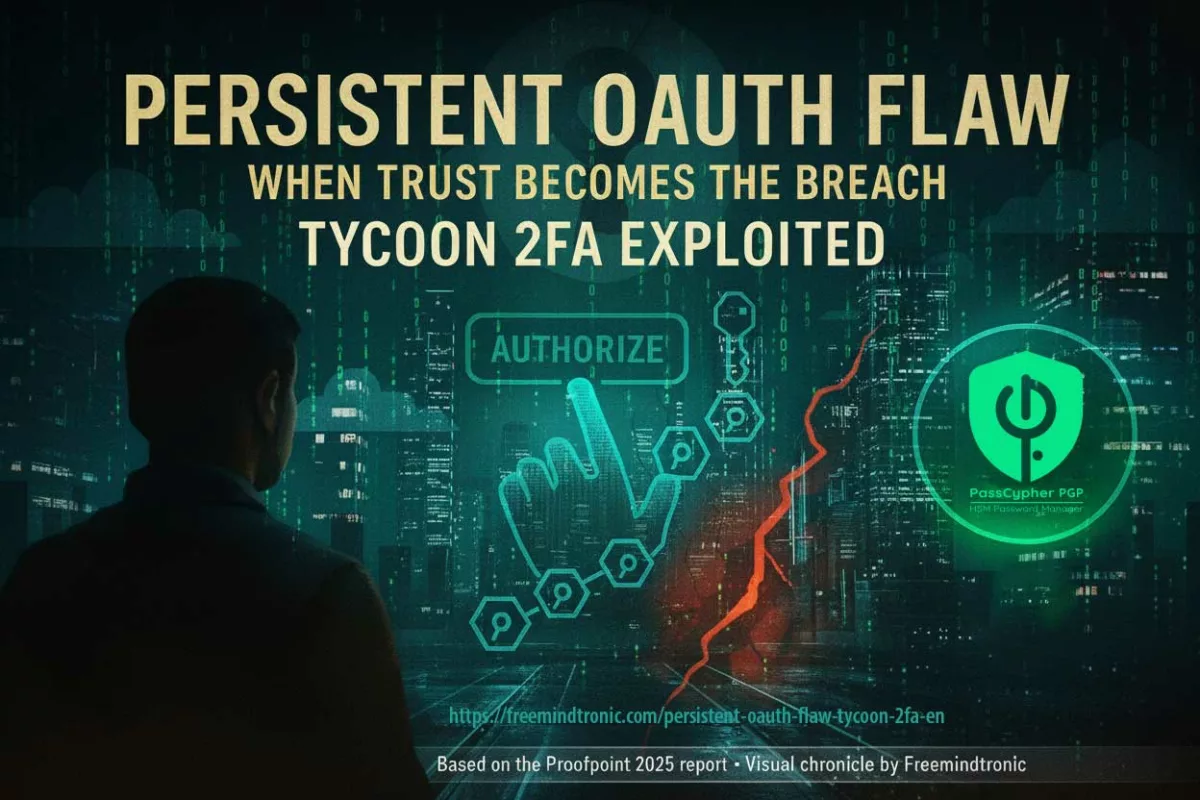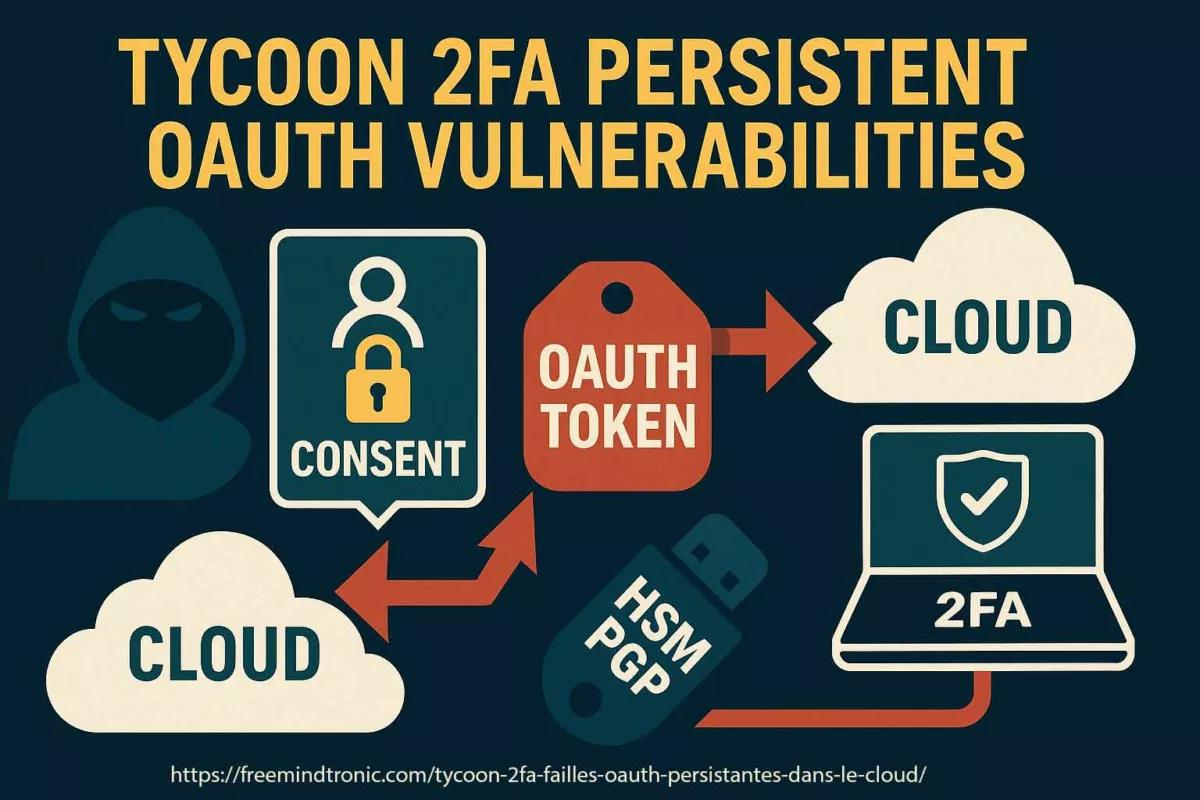Stop Browser Fingerprinting: What You Need to Know in 2025
Stop Browser Fingerprinting is more critical than ever in 2025, as Google officially enforces fingerprinting-based tracking. Online tracking has evolved, and browser fingerprinting has become a dominant method for tracking users without consent. Unlike cookies, which can be deleted, fingerprinting creates a unique identifier based on your device and browser characteristics, making it nearly impossible to block using conventional privacy tools like VPNs or ad blockers. With Google officially allowing fingerprinting-based tracking from February 16, 2025, users will lose even more control over their online identity. This guide explains what fingerprinting is, why it’s dangerous, and the best tools to protect yourself.
Table of Contents
🔹Stop Browser Fingerprinting: What You Need to Know in 2025🔹Google’s New Tracking Strategy & Privacy Risks (2025)🔹Stop Browser Fingerprinting: Regulations and Privacy Protection Laws You Need to Know🔹Google’s New Privacy Strategy: Why Stop Browser Fingerprinting is Essential🔹Stop Browser Fingerprinting: Essential Actions to Protect Your Privacy in 2025🔹How to Stop Browser Fingerprinting and Why It’s Dangerous for Your Privacy🔹Cover Your Tracks – Browser Fingerprinting Protection Test🔹Best Anti-Fingerprinting Tools in 2025 – Full Comparison🔹PassCypher HSM PGP Free: The Ultimate Defense Against Fingerprinting & BITB Attacks🔹Best Anti-Fingerprinting Extensions in 2025🔹Stop Browser Fingerprinting: Key Takeaways & Next Steps🔹FAQs – Browser Fingerprinting Privacy Protection
Stop Browser Fingerprinting: Jacques Gascuel delves into the growing threats of digital surveillance and the legal challenges shaping the future of online privacy. This analysis explores how fingerprinting is redefining cybersecurity risks and what countermeasures can help individuals and IT providers reclaim control over their digital identity. Join the discussion and share your thoughts to navigate this evolving cyber landscape together.
The Fingerprinting Paradox: Why It Can’t Be Fully Eliminated
Despite advancements in privacy protection, browser fingerprinting remains an unavoidable tracking method. Unlike cookies, which users can delete, fingerprinting collects multiple device-specific attributes to create a persistent identifier.
Can You Stop Browser Fingerprinting Completely? Myths vs Reality
Fingerprinting relies on multiple static and dynamic factors, making it difficult to block entirely:
- IP address & Network Data → Even with a VPN, passive fingerprinting methods analyze connection patterns.
- Browser Type & Version → Each browser has unique configurations, including default settings and rendering quirks.
- Screen Resolution & Device Specs → Screen size, refresh rate, and hardware combinations create a distinct profile.
- Installed Plugins & Fonts → Specific browser extensions, fonts, and system configurations contribute to uniqueness.
- WebGL & Canvas Rendering → Websites extract graphic processing details to differentiate devices.
Even if users restrict or modify certain attributes, fingerprinting algorithms adapt, refining their tracking models to maintain accuracy.
How PassCypher HSM PGP Free Disrupts Fingerprinting at Its Core
PassCypher HSM PGP Free with EviBITB is a game-changer. Unlike traditional fingerprinting blockers that only randomize or standardize user data, EviBITB prevents fingerprinting scripts from executing inside iFrames before they collect data.
- Blocks tracking scripts before execution✅
- Prevents iFrame-based fingerprinting & Browser-in-the-Browser (BITB) phishing✅
- Works across multiple privacy-focused browsers✅
Key Takeaway
While completely eliminating fingerprinting is impossible, combining EviBITB with anti-fingerprinting browsers like Mullvad or Tor, and tools like uBlock Origin and CanvasBlocker, significantly reduces tracking risks. Stop Browser Fingerprinting before it starts—neutralize it before it executes.
PassCypher HSM PGP Free: The Ultimate Defense Against Fingerprinting & BITB Attacks
Understanding Browser-in-the-Browser (BITB) Attacks
BITB attacks exploit iframe vulnerabilities to create fake login pop-ups, tricking users into submitting their credentials on seemingly legitimate pages. These phishing techniques bypass traditional security measures, making them a growing cybersecurity threat.
How EviBITB Protects Against BITB & Fingerprinting
- ✅ Blocks fingerprinting scripts before execution
- ✅ Eliminates malicious iFrames that simulate login pop-ups
- ✅ Prevents advertisers & trackers from embedding tracking scripts
- ✅ Gives users full control over script execution (Manual, Semi-Auto, Auto)
Why EviBITB is Superior to Traditional Anti-Fingerprinting Tools
While browsers like Mullvad & Tor aim to reduce fingerprinting visibility, they don’t block scripts before execution. EviBITB neutralizes fingerprinting at its core by preventing iFrame-based tracking before data collection begins.
Live Test: How PassCypher HSM PGP Stops Fingerprinting & BITB Attacks
PassCypher Security Suite: Multi-Layered Protection
PassCypher HSM PGP offers multi-layered protection against fingerprinting, BITB attacks, and phishing attempts. Unlike browsers that only standardize fingerprints, PassCypher actively blocks fingerprinting scripts before they execute.
EviBITB – Advanced BITB & Fingerprinting Protection
- ✅ Proactive iframe blocking before execution
- ✅ Neutralization of fake login pop-ups
- ✅ Blocking of hidden fingerprinting scripts
- ✅ Real-time phishing protection
Customizable Security Modes
PassCypher HSM PGP offers three security levels, allowing users to choose their preferred protection mode:
- 🛠️ Manual Mode → Users manually approve or block each iframe.
- ⚠️ Semi-Automatic Mode → Detection + security recommendations.
- 🔥 Automatic Mode → Immediate blocking of suspicious iframes.
Why This Matters?
Unlike browsers that only standardize fingerprints, PassCypher actively blocks scripts before they execute, preventing any tracking or phishing attempts.
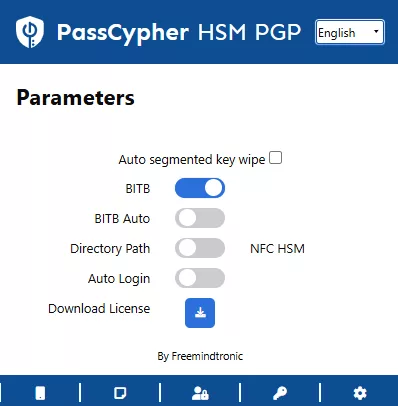
🔑 PassCypher NFC HSM – Enhanced Security with Hardware Protection
For even stronger security, pair PassCypher HSM PGP with a PassCypher NFC HSM device.
- ✅ Passwordless Authentication → Secure logins without typing credentials.
- ✅ Offline Encryption Key Storage → Keys remain fully isolated from cyber threats.
- ✅ Automatic Decryption & Login → Credentials decrypt only in volatile memory, leaving no traces.
- ✅ 100% Offline Operation → No servers, no databases, no cloud exposure.
Why Choose PassCypher?
PassCypher Security Suite is the only solution that stops fingerprinting before it even begins.
- ✅ Neutralizes tracking attempts at the script level
- ✅ Removes malicious iframes before they appear
- ✅ Prevents invisible BITB phishing attacks
🔗 Download PassCypher HSM PGP Free
Best Anti-Fingerprinting Extensions in 2025 – Stop BITB & Online Tracking
Best Anti-Fingerprinting Extensions in 2025
Many tools claim to protect against tracking, but not all are truly effective. PassCypher HSM PGP Free stands out as the ultimate defense against fingerprinting and phishing threats, thanks to its advanced BITB (Browser-in-the-Browser) protection.

How PassCypher HSM PGP Free Protects You
This proactive security tool offers real-time protection against tracking threats:
- ✅ Destroy the iframe → Instantly neutralize any malicious iframe attack.
- ✅ Destroy all iframes → Eliminate all potential threats on the page.
- ✅ Custom Security Settings → Choose whether to allow or block iframes on trusted domains.
Take Control of Your Privacy Now
PassCypher HSM PGP Free ensures complete protection against fingerprinting and BITB phishing—before tracking even starts!
🔗 Download PassCypher HSM PGP Free Now
Stop Browser Fingerprinting: Key Takeaways & Next Steps
Fingerprinting is the future of online tracking, and Google’s 2025 update will make it harder to escape. To fight back:
1️⃣ Install PassCypher HSM PGP Free with EviBITB 🛡️ → Blocks iFrame-based fingerprinting & BITB attacks.
2️⃣ Use a privacy-focused browser 🌍 → Mullvad Browser or Tor for best results.
3️⃣ Block fingerprinting scripts 🔏 → Use CanvasBlocker + uBlock Origin.
4️⃣ Adopt a multi-layered defense
🔄 → Combine browser protections, script blockers, and a VPN for maximum security.
📌 Take Control of Your Privacy Now!
To truly Stop Browser Fingerprinting, users must adopt proactive privacy tools and strategies.
General Questions
No, private browsing (Incognito mode) does not stop browser fingerprinting. This mode only prevents your browser from storing cookies, history, and cached data after you close the session. However, browser fingerprinting relies on collecting unique characteristics from your device, such as:
- Graphics rendering (Canvas & WebGL)
- Installed fonts and plugins
- Operating system, screen resolution, and hardware details
- Browser version and user-agent string
Since Incognito mode does not alter these attributes, your digital fingerprint remains the same, allowing websites to track you across sessions. For stronger protection, consider using privacy-focused tools like PassCypher HSM PGP Free, Mullvad Browser, or Tor.
Websites collect fingerprinting data to build user profiles and track behavior across multiple sites, even if cookies are blocked. This data is shared with advertisers to deliver highly personalized ads based on browsing history, location, and device information.
Under GDPR, websites must obtain user consent before using fingerprinting techniques, as they collect identifiable personal data. However, enforcement varies, and many companies use workarounds to continue fingerprinting users without explicit permission.
No, fingerprinting is not exclusively used for advertising. It is also utilized for fraud detection, identity theft prevention, and user authentication. However, its use for tracking users without consent raises significant privacy concerns.
Fingerprinting does not directly reveal a user’s identity. However, it creates a unique digital fingerprint that can track a specific device’s activity across multiple websites. If this fingerprint is linked to personal information, it can potentially identify an individual.
Yes, cross-device tracking is possible. While fingerprinting is primarily device-specific, advertisers and trackers use advanced techniques like:
- Correlating browser fingerprints with IP addresses
- Detecting Bluetooth & Wi-Fi network information
- Analyzing behavioral patterns across devices
For example, if you use the same browser settings on your phone and laptop, a tracker may recognize that both belong to you.
- Using different browsers on each device helps, but isn’t foolproof.
- A better option is a privacy-focused browser like Mullvad or Tor.
- PassCypher HSM PGP Free blocks fingerprinting scripts before they execute.
Fingerprinting operates in the background without visible indicators, making it difficult to detect. However, tools like Cover Your Tracks (by the Electronic Frontier Foundation) can analyze your browser and assess its uniqueness and vulnerability to fingerprinting.
Technical & Protection Methods
Yes, some browser extensions can help mitigate fingerprinting. For example, CanvasBlocker prevents websites from accessing canvas data, a common fingerprinting technique. However, adding extensions may alter your digital fingerprint, so it’s essential to choose privacy-focused extensions wisely.
Using different browsers for different online activities can reduce complete tracking. For instance, you could use one browser for sensitive activities and another for general browsing. However, if these browsers are not protected against fingerprinting, websites may still link your activities across them.
Letterboxing is a technique that adds gray margins around browser content when resizing the window. This conceals the exact window size, making it harder for websites to collect precise screen dimensions—a common fingerprinting metric. Firefox implements this method to enhance user privacy.
No, a VPN only hides your IP address, but fingerprinting gathers other device-specific data such as browser type, screen resolution, and hardware details. To enhance privacy, use a combination of anti-fingerprinting tools like PassCypher HSM PGP Free, Tor, or Mullvad Browser.
The best approach is using a multi-layered defense:
- Privacy-focused browsers like Tor or Mullvad.
- Extensions such as PassCypher HSM PGP Free, uBlock Origin, and CanvasBlocker.
- JavaScript blocking tools like NoScript.
- Regularly changing settings like user-agent and browser resolution.
Disabling JavaScript can block many fingerprinting techniques, but it also breaks website functionality. Some tracking methods, such as TLS fingerprinting and IP-based tracking, do not rely on JavaScript and can still be used to identify users.
Not really.
Changing your user-agent (e.g., making your browser appear as Chrome instead of Firefox) or screen resolution may add some randomness, but it does not significantly reduce fingerprintability.
Fingerprinting works by analyzing multiple attributes together, so even if you change one, the combination of hardware, fonts, and other details still makes you unique.
- A better approach is using a browser that standardizes your fingerprint, like Mullvad or Tor.
- PassCypher HSM PGP Free blocks tracking scripts before they collect data.
Some websites use battery APIs to track users based on their **battery percentage, charging status, and estimated time remaining**. Although this technique is less common, it can still contribute to building a unique fingerprint.
To mitigate this risk, consider using:
- A browser that blocks access to battery APIs (e.g., Firefox, Mullvad, Tor)
- Privacy-enhancing tools like PassCypher HSM PGP Free, which block JavaScript-based tracking techniques.
No, but it’s still good practice.
Fingerprinting is a cookieless tracking method, meaning it works even if you block cookies. However, blocking third-party cookies still improves privacy, as it prevents advertisers from combining fingerprinting with cookie-based tracking for more accurate profiling.
For the best protection, use a multi-layered approach:
- Block third-party cookies
- Use anti-fingerprinting browsers (Mullvad, Tor, Brave in Aggressive mode)
- Install extensions like CanvasBlocker & uBlock Origin
- Use PassCypher HSM PGP Free for script-blocking & BITB protection
Letterboxing is a privacy technique used by Firefox and Tor to reduce fingerprinting risks. Instead of revealing your exact window size, letterboxing adds empty space around the browser content, making your screen resolution appear more generic.
This helps prevent fingerprinting based on window dimensions, which is a common tracking method.
To enhance protection, combine letterboxing with other privacy measures, like:
- Using PassCypher HSM PGP Free with EviBITB
- Blocking iFrames with CanvasBlocker
- Using Mullvad or Tor for standardized fingerprints
Future of Online Privacy & Google’s Role
With the elimination of third-party cookies, Google and advertisers need new ways to track users for targeted ads. Fingerprinting allows persistent tracking across devices without requiring user consent, making it an attractive alternative for data collection.
Currently, no mainstream browser completely blocks fingerprinting. However, some browsers provide strong protection:
- Tor Browser: Standardizes fingerprints across users.
- Mullvad Browser: Focuses on reducing fingerprinting techniques.
- Brave: Offers randomized fingerprints.
- Firefox (Strict Mode): Blocks known fingerprinting scripts.
Fingerprinting-based tracking is expected to become more common, making it harder for users to remain anonymous online. This shift may lead to **increased regulatory scrutiny**, but in the meantime, privacy-focused tools will become essential for protecting online identity.
Google’s move to fingerprinting is a business-driven decision. Since third-party cookies are being phased out, Google needs an alternative tracking method to maintain ad revenue. Fingerprinting offers:
- Persistent tracking (harder to delete than cookies)
- Cross-device profiling (better for targeted ads)
- Circumvention of privacy laws (harder to detect and block)
While Google markets this as a “privacy improvement,” it’s actually an even more invasive tracking method.
This is why privacy advocates recommend using browsers and tools that block fingerprinting, like PassCypher HSM PGP Free, Mullvad, and Tor.
